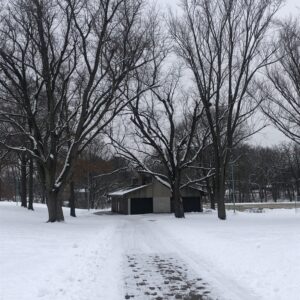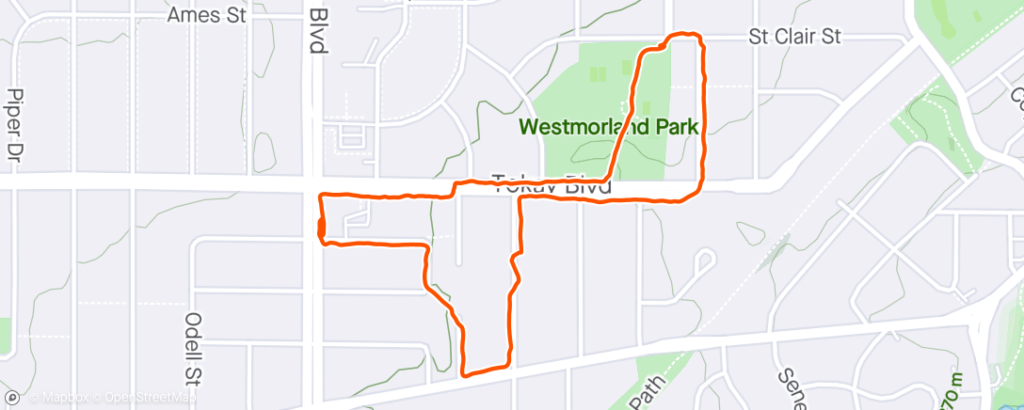He gives power to the faint, and strengthens the powerless.
Even youths will faint and be weary, and the young will fall exhausted;
but those who wait for the Lord shall renew their strength,
they shall mount up with wings like eagles,
they shall run and not be weary, they shall walk and not faint.
Isaiah 40:29-31
As a runner, I always keep an eye out for passages in the Bible that mention running; I like this one a lot. Running can be a lot like life in general. Sometimes when I run it seems easy and I feel I can run for a long time, but other times it’s hard just to keep putting one foot in front of the other. Life can be very similar; some days are easy and fun but some days we just struggle, and there often seems to be no end in sight.
The part of this passage that really stands out to me is that God is there for us and He will give us power and renew our strength. When I struggle during a long race, sometimes I wonder, exactly why am I doing this? Wouldn’t it have been better to have slept late this morning instead? But I know I can ask God for help and He will guide me and give me strength, just as he does in my everyday life.
As I write this, it’s been about a year since the Covid19 pandemic began. Like a lot of people, I’ve been working from home, wearing a mask when I go out, and following the guidelines. This pandemic is also like a long race; we seem to be making progress but the finish line is not yet in sight. Some days things go very well, but some days it’s a just a struggle to keep moving. But God is always there for us and we can go to Him and He will renew our strength and we can continue to “run and not be weary.”
Dear Lord, thank you for being there for us and loving us as we run our race here on earth. Thank you for renewing our strength when we grow weary or faint. Please watch over us and guide us through this time of pandemic. Amen









